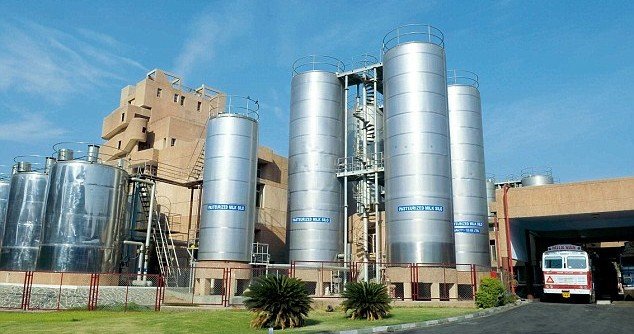Anand in Gujarat, India, is globally recognised as the Milk Capital of the World due to its transformative cooperative dairy system that redefined rural livelihoods and national dairy policy. The movement began when farmers chose collective action to secure fair milk prices and shield themselves from market exploitation. This cooperative framework not only decentralised ownership but also promoted transparency, stable incomes, and long-term economic resilience.
Pooling resources enabled Anand to invest in scientific cattle care, bulk milk cooling units, pasteurisation technology, and a robust cold-chain network. These advancements improved both productivity and quality, turning a local initiative into a highly efficient and scalable dairy ecosystem. The cooperative also introduced professional management practices and rigorous quality standards, ensuring uniformity across millions of litres of daily production.
The success of Anand became the foundation of Operation Flood, one of the world’s most ambitious dairy development programmes. By replicating Anand’s model nationwide, India rapidly increased its milk supply, strengthened food security, and emerged as the world’s largest milk producer. This demonstrated that smallholder-led agriculture can achieve global competitiveness when supported by the right institutional and technological frameworks.
Today, Anand’s influence extends far beyond India. Its cooperative principles, farmer-centric governance, and technology-driven supply chains serve as analytical reference points for dairy sectors across Asia, Africa, and Latin America. Anand stands as proof that rural innovation rooted in community participation can reshape global agricultural practices and deliver sustained socio-economic growth.
